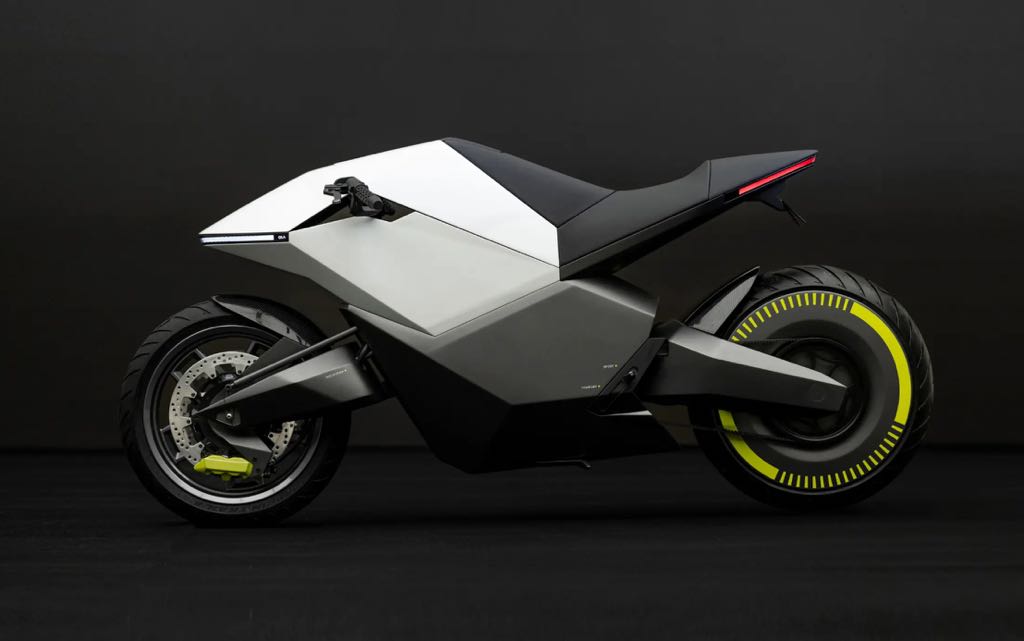Ola’s Bold Move in the Electric Bike Market
Ola Electric, the Bangalore-based Electric Motorbikes (EV) manufacturer, has recently made waves in the industry by introducing their first electric motorbike (e-bike) at an astonishingly low price. On August 15, Ola launched the new “Roister” series with a starting price of just ₹74,999, significantly undercutting the previous lowest price of ₹1,10,000 in this category. This aggressive pricing strategy has sparked a heated debate in the industry, with many questioning whether this approach is sustainable in the long run.
The Industry’s Reaction: Concerns Over Sustainability
The announcement has generated a mix of excitement and skepticism. Industry experts are divided on whether Ola’s pricing model is viable. Jaybir Sawach, Founder and Chief Executive Officer of Kabira Mobility, a prominent electric motorbike manufacturer in Delhi, expressed doubts about Ola’s ability to deliver quality vehicles at such a low price point. “At this price, it’s more of a promotional stunt than a sustainable business model,” Sawach stated. He highlighted that nearly 70% of an EV’s cost typically comes from the battery pack and the engine. “A high-quality battery pack costs around ₹14,000 per kilowatt-hour, and with a 4.5 kilowatt-hour battery, the cost alone reaches ₹63,000. Additional costs push the total well over ₹1,00,000,” he explained. Sawach speculated that Ola might be either cutting corners or burning through financial reserves to maintain such low prices.
Ola’s Competitive Edge: A History of Disruptive Pricing
This isn’t the first time Ola has shaken up the market with aggressive pricing. Last year, the company introduced its entry-level electric scooter, the S1X, at a starting price of ₹79,999, challenging traditional internal combustion engine (ICE) scooters that typically cost around ₹80,000. This pricing strategy enabled Ola to capture a significant market share, doubling its sales in just 24 months and increasing its market share from 20% to 35% during the same period.
Challenges Ahead: Sustainability and Market Position
Despite the success of its pricing strategies, Ola faces significant challenges. Selling e-scooters and e-bikes at razor-thin margins is akin to walking a tightrope. Motorbikes, especially those targeted at consumers seeking high-quality products at competitive prices, are often seen as lifestyle products. Industry insiders warn that it might be challenging for Ola to meet expectations on both fronts—offering affordable prices while maintaining high quality. One industry executive, speaking on condition of anonymity, suggested that Ola could be incurring losses on each sale. “The introductory price can always be increased later,” he noted, implying that the current pricing might not be sustainable in the long run.
OLA ELECTRIC
Stock since listing has jumped 75%
Market cap nears 60000 Cr
Co has made two major announcements recently
– New batteries (5G of battery tech)
– EV Motorbikes at 75000Just keep in mind: Only 17% of equity is available for trade, 83% outstanding is locked. pic.twitter.com/fdmKrV73Dq
— Mangalam Maloo (@blitzkreigm) August 19, 2024
Read Also: Will Ola’s Lower-Valuation IPO Succeed?
The Road Ahead for Ola and the EV Industry
As Ola continues to push boundaries with its aggressive pricing strategies, the broader EV industry watches closely. While the company’s bold moves have undoubtedly disrupted the market, the long-term sustainability of these strategies remains uncertain. Whether Ola can maintain its position as a market leader without compromising on quality is a question that only time will answer. For now, Ola’s latest launch has set the stage for what could be a transformative period in the electric vehicle industry.
I am Praveen Kumar, a 21-year-old passionate about writing and staying informed. On CNA Times, I bring the latest news and updates, offering readers accurate and insightful information with my expertise and dedication.

